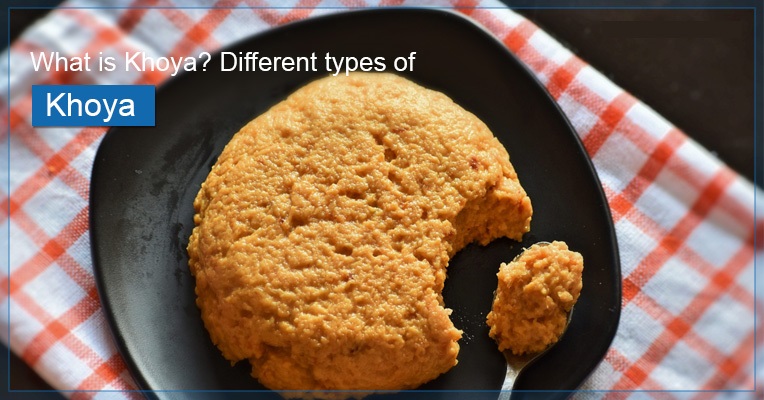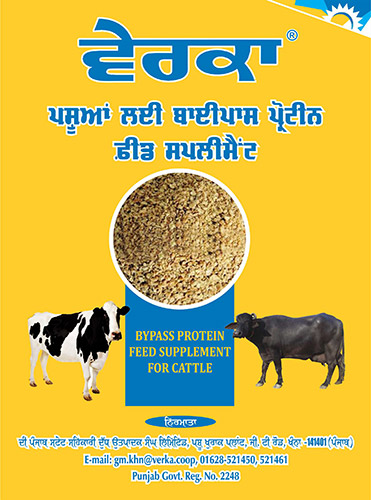What is Khoya? Different types of Khoya.

What are the different applications of Khoya? Which one is better packaged or loose Khoya and why?
Gulab jamun, barfi, pedas and gajar ka halwa are some of the most popular sweets in India. At the heart of all these and many other traditional Indian sweets is a soft grainy textured milk-based ingredient called Khoa (Khoya) or Mawa.
Khoya was the best to preserve milk before industrial period, to provide nutrients of milk. Khoya is a form of reduced whole milk to solids, leftover of milk that has been boiled and reduced so that most of the moisture evaporates and it reaches a semi-solid stage. It is normally white or a very pale shade of yellow. Khoya being sweet by virtue, little sugar goes very well with Khoya to enhance the taste and that’s why it is a base ingredient in many Indian sweets.
There are three types of Khoya available in the market. Batti or Pindi Khoya is the hardest and has the least amount of moisture. It can be grated like cheese and has a long life. Pindi Koya is used for various sweets kinds of barfis and pedas. Chikna or DhapKhoya is really smooth and has the maximum amount of moisture. It is mostly used to make Gulab jamun or gajar (carrot) ka halwa. Danedar Khoya as the name suggests has a granular texture. This variety of khoya is used in the manufacture of kalakand, milk cake, etc.
Khoya is chiefly used in preparation of a variety of sweets. It is also used as a topping for payasam and many kinds of halwas. Khoya mixed with powdered sugar, grated coconut, spices and dry fruits is also used as a filling in gujias, and mawakachories. Due to its creamy texture and perception of it being an ingredient that gives richness to the dish, Khoya has also been incorporated in many savoury dishes like khoya paneer, khoya matter, khoya kaju, makhmalikoftas, vegetable Kababs, meat kababs and curries etc. Khoya, because of the hint of natural sweetness it balances the bitterness, astringency and pungency of the dish. It gives the thickness and good aroma to gravies.
Khoya, being a dairy product, is good for bones by being a rich source of vitamin-D, calcium and vitamin-K; three nutrients essential to bone health. But, just like everything else, we must not forget that Khoya in excess, is not good for health due to its high level of fat content.
Courtesy – Chef Manjit Gill.





























